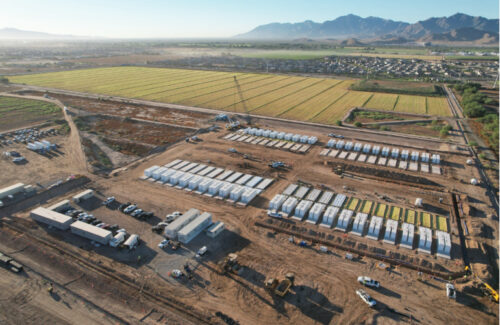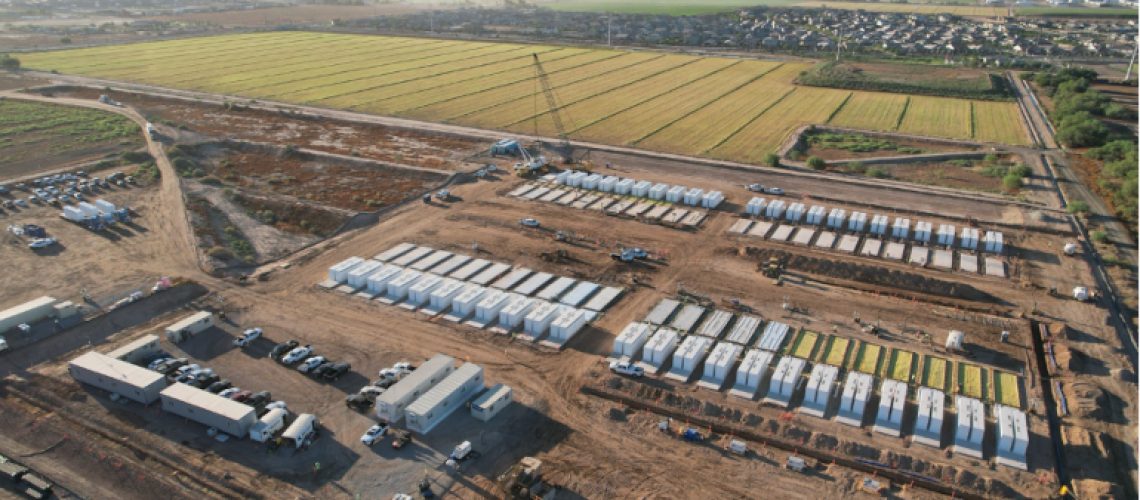
Construction underway at the Sierra Estrella Energy Storage project in Avondale, Arizona. Credit: Plus Power
On November 17, the U.S. Department of the Treasury and Internal Revenue Service (IRS) released guidance on the Investment Tax Credit (ITC) under Section 48 of Internal Revenue Code to spur the investment boom ushered in by the Inflation Reduction Act. Today’s guidance provides the private sector with additional clarity and certainty in making investment decisions for clean energy projects. Given the new and expanded incentives created by the Inflation Reduction Act, this clarity is critical as companies secure financing for clean energy projects, create good-paying jobs in communities across the United States and strengthen our nation’s energy security.
“To continue the investment and jobs boom created by the Inflation Reduction Act, Treasury has focused on providing companies with clarity and certainty needed to secure financing and advance clean energy projects nationwide” said Deputy Sec. of the Treasury Wally Adeyemo. “Today’s guidance provides clarity for offshore wind and battery storage projects, as well as small scale projects that need to connect to the grid. Ensuring these projects can move forward efficiently is key to creating good-paying clean energy jobs and lowering Americans’ utility bills.”
The Notice of Proposed Rulemaking (NPRM) provides clarity around the eligibility of power conditioning and transfer equipment like subsea export cables used in offshore wind projects, as well as certain power conditioning equipment located in onshore substations.
The NPRM also includes proposed rules around the eligibility of standalone battery storage for the ITC. This reflects a critical provision in the Inflation Reduction Act to help support the development of utility-scale, long-duration energy storage, which is vital to ensuring reliability as utilities transition to renewable sources like wind and solar. Of note, the Treasury Dept. and the IRS are seeking comments on whether virtual power plants should be considered energy storage technologies for the purpose of ITC eligibility.
Additionally, the NPRM includes proposed rules around the inclusion of costs of interconnection-related property for lower-output clean energy installations, including the costs of upgrades to local transmission and distribution networks that are necessary to connect the clean energy. These modifications reflect another critical change in the Inflation Reduction Act, with the goal of reducing the costs and avoiding delays for new, smaller clean energy installations to connect to the grid and start producing power.
Lastly, the NPRM proposes updates to a range of other technical definitions and rules that will further support clarity and certainty for clean energy project developers.
Treasury and the IRS will accept comments on the NPRM for 60 days and will carefully consider all comments as part of the rulemaking process.
News item from Treasury






